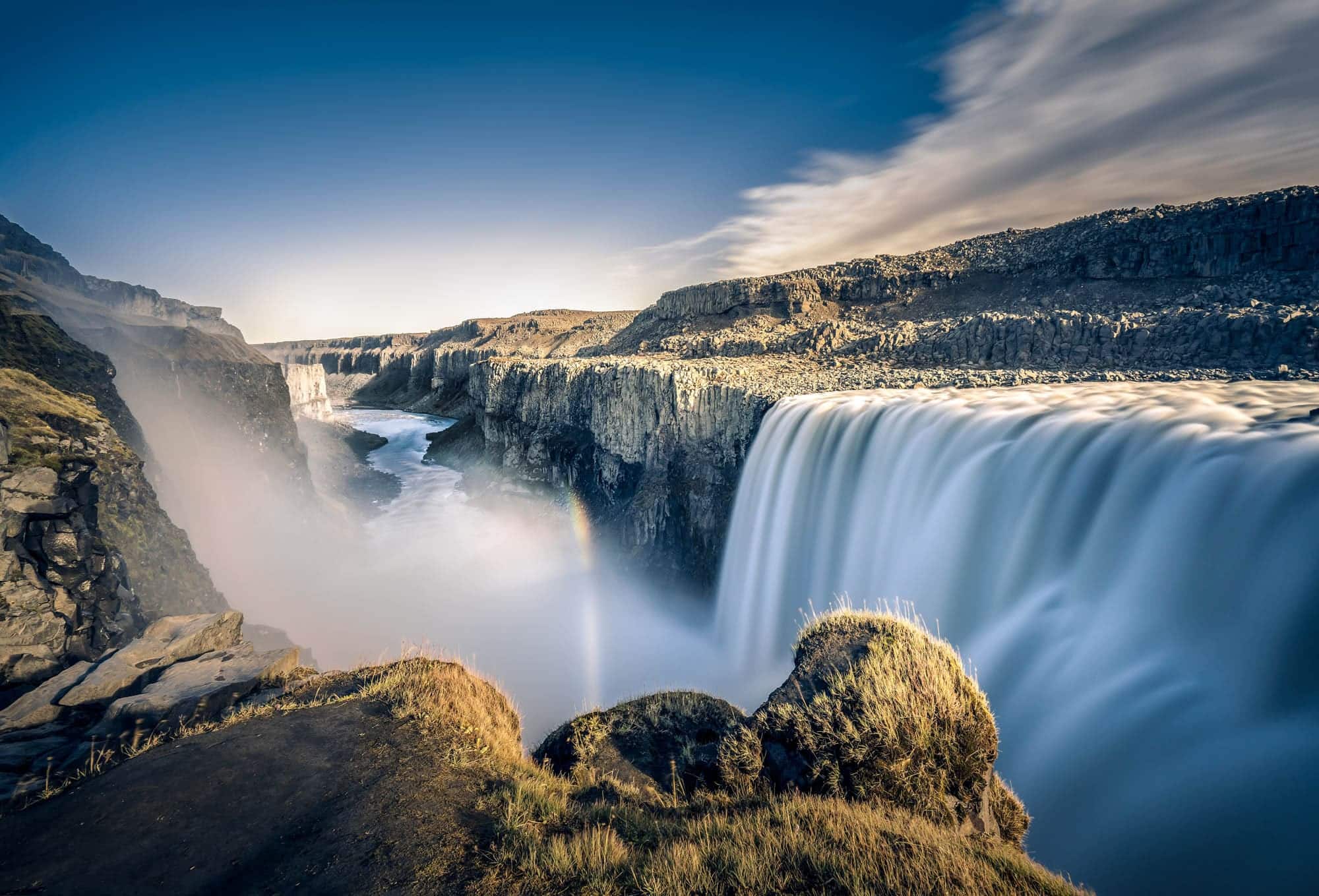
Wonders of the Faroe Islands – 6 Day Self-Drive Tour
This Faroe Islands holiday is the perfect opportunity to visit all the highlights and major attractions scattered around this beautiful land. The flight to the Faroe Islands from Iceland only takes 1 hour and 20 minutes. As soon as you land, you will be surrounded by the bleak, beautiful land of sheep and grassed-roofs. This 6-day tour will give you plenty of WOW-moments and spots to enjoy the calming simplicity that overflows the islands. Explore this untouched new destination and immerse yourself in Faroese raw, unforgettable charm.


















































































